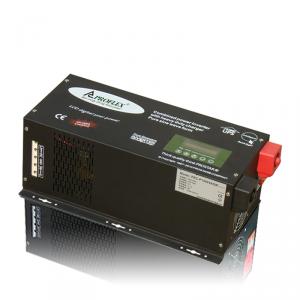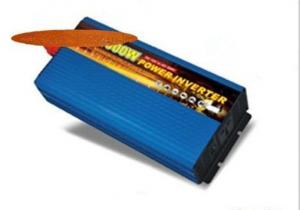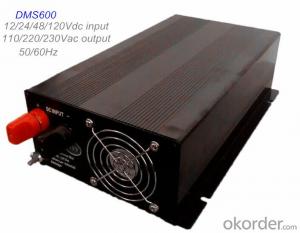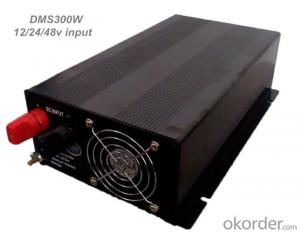Goodwe Solar Inverter
Goodwe Solar Inverter Related Searches
Goodwe Solar Inverter Price Good Solar Inverter Growatt Solar Inverter Smart Solar Inverter High Quality Solar Inverter Sunway Solar Inverter Inspire Solar Inverter Smart Inverter Solar Solaredge Solar Inverter Smart Solar Power Inverter Sunways Solar Inverter Growatt Hybrid Solar Inverter Solar Smart Inverter Glow Power Solar Inverter Solar Grow Inverter Intelligent Solar Inverter Quality Solar Inverter Ge Solar Inverter Pro Solar Inverter Growatt Solar Pump Inverter Smart Hybrid Solar Inverter Go Solar Inverter High Power Solar Inverter Deye Solar Inverter 500w Solar Inverter Grape Solar Inverter Solar Inverter 500w Kw Solar Inverter Growatt 5000w Solar Inverter Magna Sine Solar InverterGoodwe Solar Inverter Supplier & Manufacturer from China
Goodwe Solar Inverter is a range of high-quality solar power conversion devices designed to optimize energy production from solar panels. These inverters are engineered to provide reliable and efficient power conversion, making them an essential component in various solar energy systems. They are widely used in residential, commercial, and industrial applications, where they help harness the power of the sun to generate clean and sustainable electricity. Goodwe Solar Inverters are known for their robust performance and ability to adapt to different solar panel configurations, ensuring optimal energy yield in diverse environments.The Goodwe Solar Inverter is utilized in a variety of settings, from small-scale home installations to large-scale solar farms. They are particularly beneficial in areas with abundant sunlight, where they can significantly reduce electricity costs and contribute to a greener energy future. These inverters come in different models to cater to various power requirements, ensuring that there is a suitable option for every solar energy project. Their user-friendly design and advanced features make them a popular choice among solar energy enthusiasts and professionals alike.
As a reputable wholesale supplier, Okorder.com offers an extensive inventory of Goodwe Solar Inverters, ensuring that customers have access to a wide range of options to suit their specific needs. With a commitment to quality and customer satisfaction, Okorder.com is a trusted source for purchasing these essential solar energy components. Their large inventory ensures that customers can find the right Goodwe Solar Inverter for their project, backed by competitive prices and reliable service.
Hot Products
















































